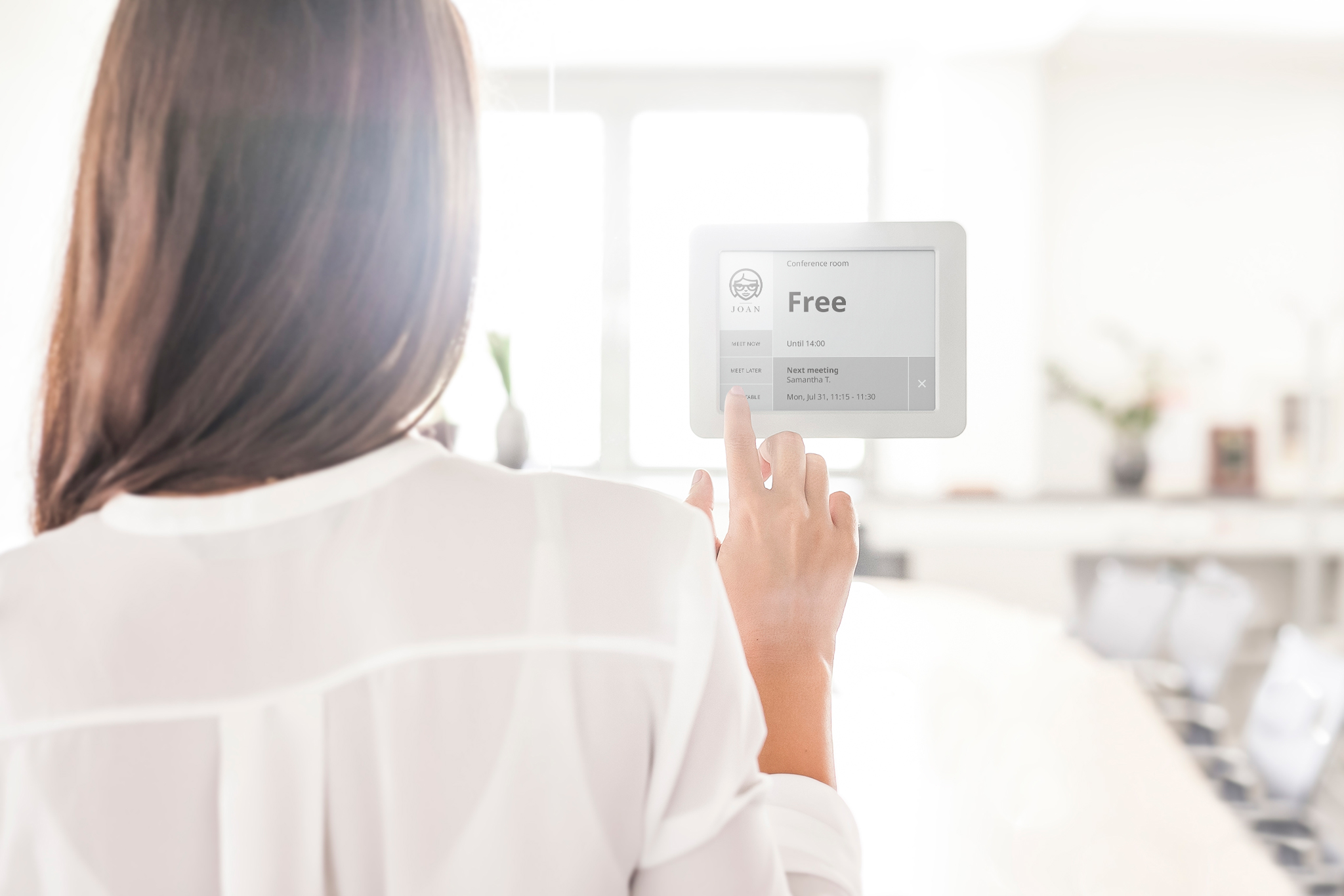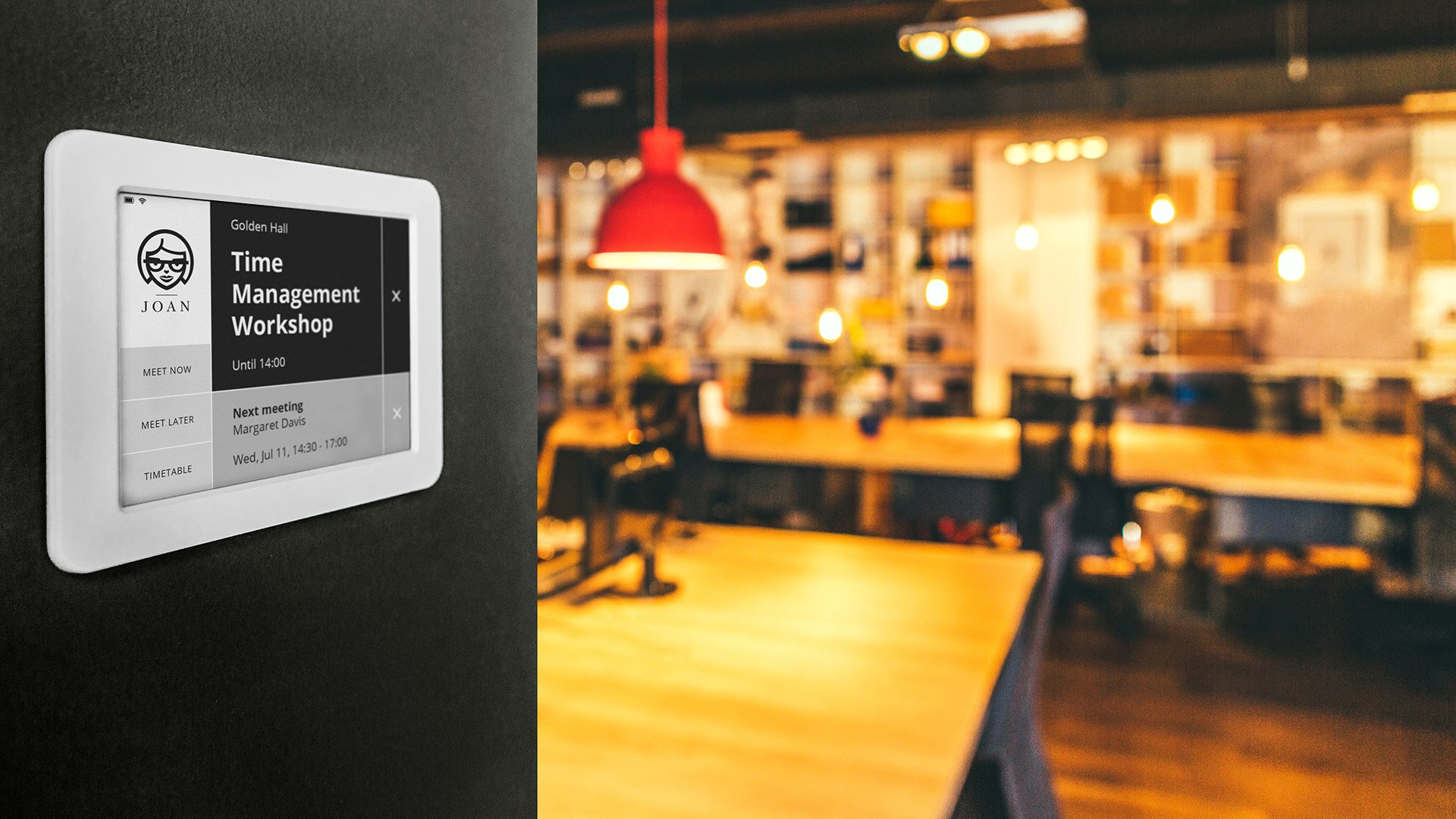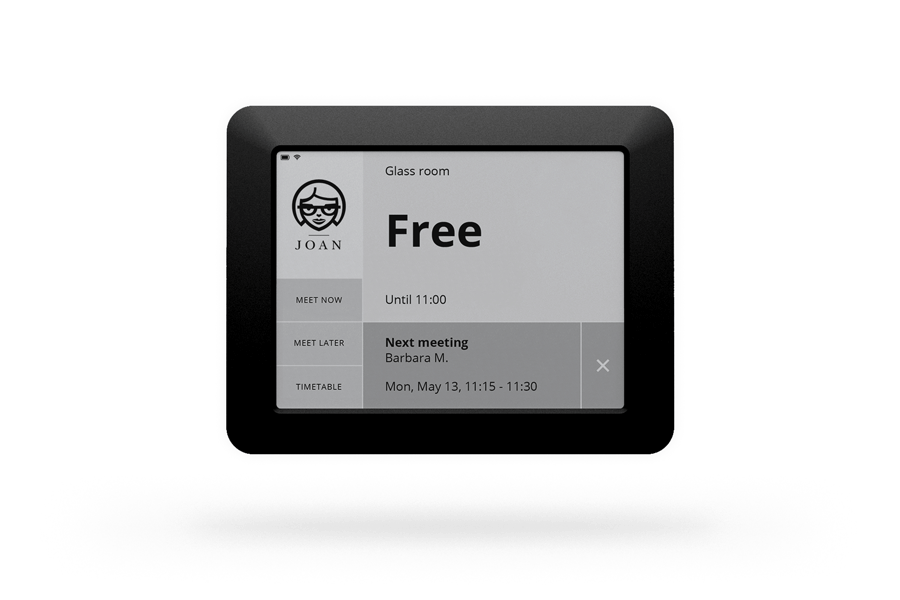When you hear the word “smart” in combination with anything in the corporate world, surely the first association that springs to mind is something to do with high-tech. Companies like Google, Microsoft, Apple, Tesla, etc. Sure, but the spectrum is much broader than that.
Nowadays, every organization has, regardless of the nature of its business or the industry sector it belongs to, a strong affiliation with tech advancements in one form or another. Besides merely keeping in step with the times, this phenomenon has emerged from the need to aid and improve the way we work. More specifically, the employee experience.
Incorporating IT is about people
The term employee experience refers to how people perceive and make use of their workplace. It is intrinsically linked to productivity, creativity, employee morale, and, consequently, the overall success of an organization. And technology, coupled with office design, is proving to be the right tool in facilitating this growing trend.
The smart office’s true potential therefore lies in what Anthony Brennan, Research Analyst at Futuresource, describes as “the blending together of both physical and digital to foster synthesis and innovation in the workspace.”
Helping this evolutionary process along is undoubtedly the palpable spread of the Internet of Things. By integrating smart, often app-based devices via the Internet, the IoT ecosystem raises your office’s intelligence, creating a whole list of new possibilities for making office life easier and more interesting.
Efficient and flexible room management
Flexibility has steadily taken center stage in today’s business environment. And as traditional processes of booking and organizing meetings are becoming obsolete, a growing number of organizations are opting for smart booking systems like Visionect’s Joan to tackle their office chaos. These gadgets not only save incredible amounts of precious time and resources but also successfully eliminate interruptions and over-bookings.

Technology has certainly come a long way in this field. Very sustainable e-paper devices like Joan are being deployed to ensure flexible scheduling and provide an overview of booked meetings and available spaces. All this can already be done on the spot or via a mobile app, but now Amazon’s Alexa is introducing a new feature that will also allow users to book rooms verbally.
Organization is key
Staying on schedule is important as senior managers spend nearly 23 hours on meetings every week. That’s half of your week done and dusted. Among 1,900 business leaders interviewed for a survey, 72% confirmed that they spend more time in meetings compared to five years ago.
But it wasn’t always like this. The way we work today has changed drastically compared to fifty years ago. Current business models are often flat instead of hierarchical and encourage a stronger employee interaction. Sure, talking more gets more ideas flowing, but casual chats come at a high price. Quite literally, as US businesses alone spend around 37 billion dollars on meetings each year.

Consequently, meetings are vital cogs in the machine and efficient planning is the oil that keeps them running smoothly. If meeting rooms aren’t booked, the entire process can collapse. From physical interruption by people barging in, to a multitude of phone calls, emails and printed notes – all scream inefficiency. Deploying a meeting room scheduling solution like Joan in your office will save you time, energy, money, but most importantly nerves.

You can find out more about Joan, the meeting room scheduling system for your office, by clicking here.